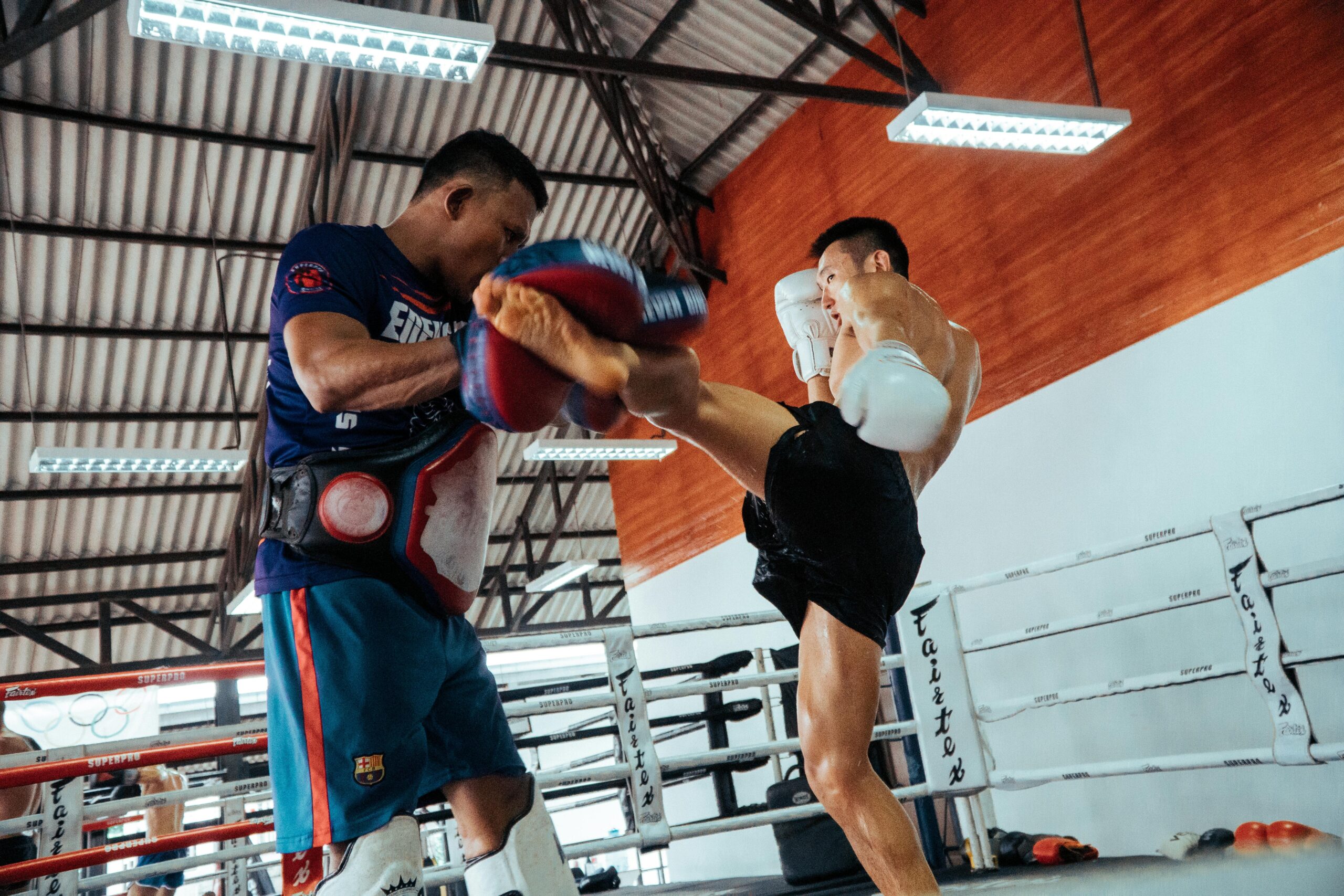Introduction to Muay Thai and Kickboxing Fitness
Muay Thai and Kickboxing are two of the most dynamic and effective martial arts when it comes to fitness training. Both disciplines combine powerful striking techniques, conditioning drills, and mental focus, offering a holistic approach to physical and mental well-being. Beyond their roots as competitive combat sports, they have evolved into popular fitness regimes worldwide, appealing to individuals seeking strength, agility, endurance, and confidence. This article delves into the fitness benefits of Muay Thai and Kickboxing, exploring how these practices enhance cardiovascular health, build muscle tone, improve flexibility, and foster mental resilience. Whether you’re a beginner or a seasoned athlete, understanding these elements will help you maximize your training and reap the full rewards of these powerful martial arts.
Building Cardiovascular Endurance and Stamina
Both Muay Thai and Kickboxing rely heavily on cardiovascular endurance, demanding continuous, high-intensity movement throughout workouts or matches. Training sessions typically involve rounds of striking combinations, footwork drills, and skipping rope, all of which tax the heart and lungs exponentially. This dynamic type of aerobic and anaerobic exercise enhances lung capacity and increases the efficiency of the cardiovascular system. Over time, practitioners notice improved stamina in daily activities and reduced fatigue during intense physical exertion. The interval nature of these sessions, alternating bursts of explosive action with short recovery periods, mimics high-intensity interval training (HIIT) and is particularly effective for fat burning and boosting metabolic rate.
Developing Functional Strength and Muscle Tone
Muay Thai and Kickboxing prioritize functional strength, which means building muscle that directly supports real-world movements and athletic performance. These martial arts utilize punches, kicks, knees, and elbows, engaging multiple muscle groups simultaneously rather than isolating muscles with traditional gym exercises. Striking techniques activate the core, legs, shoulders, and back, resulting in balanced muscle development and improved coordination. Additionally, conditioning drills such as pad work, heavy bag hitting, and clinching build explosive power and muscular endurance. This functional approach leads to enhanced posture, injury prevention, and better overall body mechanics, distinct from bodybuilding or isolated muscle training.
Enhancing Flexibility and Mobility
Flexibility is a vital but often overlooked component of Muay Thai and Kickboxing fitness. Successful execution of high kicks, evasive maneuvers, and quick changes of direction requires a disciplined mobility regimen. Practitioners spend significant time stretching before and after training, focusing on the hips, hamstrings, calves, shoulders, and lower back. This flexibility reduces the risk of injury and allows for a greater range of motion, which in turn improves the fluidity and efficiency of strikes. Over time, increased mobility translates into better balance, quicker reflexes, and an ability to maintain proper technique even when fatigued.
Mindfulness, Discipline, and Mental Resilience
Training in Muay Thai and Kickboxing is as much a mental challenge as a physical one. The repetitive nature of drills and sparring fosters discipline, focus, and determination. Practitioners learn to remain calm under pressure, react swiftly, and maintain concentration over extended periods. This mental resilience often carries over beyond the gym, helping individuals manage stress, boost confidence, and cultivate a positive mindset. The ritualistic and respectful aspects of these martial arts also encourage humility and self-awareness, making the training experience deeply rewarding on a psychological level.
Creating a Balanced Fitness Lifestyle with Muay Thai and Kickboxing
Integrating Muay Thai and Kickboxing into a broader fitness lifestyle provides comprehensive physical and mental benefits not easily achieved through conventional workouts alone. Their combination of cardiovascular conditioning, functional strength building, flexibility training, and mental fortitude creates a well-rounded fitness program. Additionally, the community atmosphere found in many gyms promotes motivation, accountability, and ongoing support. For those seeking an engaging and challenging way to improve health and well-being, these martial arts offer an accessible path that constantly evolves alongside personal growth and skill development.
Muay Thai and Kickboxing present a powerful fusion of fitness elements that challenge the body and mind alike. Through cardiovascular conditioning, functional muscle development, flexibility improvement, and mental reinforcement, they offer practitioners a dynamic and rewarding approach to health. The skills and endurance built in the gym extend far beyond physical prowess, fostering confidence, discipline, and resilience that positively impact daily life. Embracing these martial arts as part of a fitness routine can transform how individuals approach exercise, making workouts both purposeful and invigorating. Ultimately, Muay Thai and Kickboxing represent more than fighting styles—they are comprehensive systems for cultivating strength, agility, and a resilient mindset conducive to lasting wellness.
